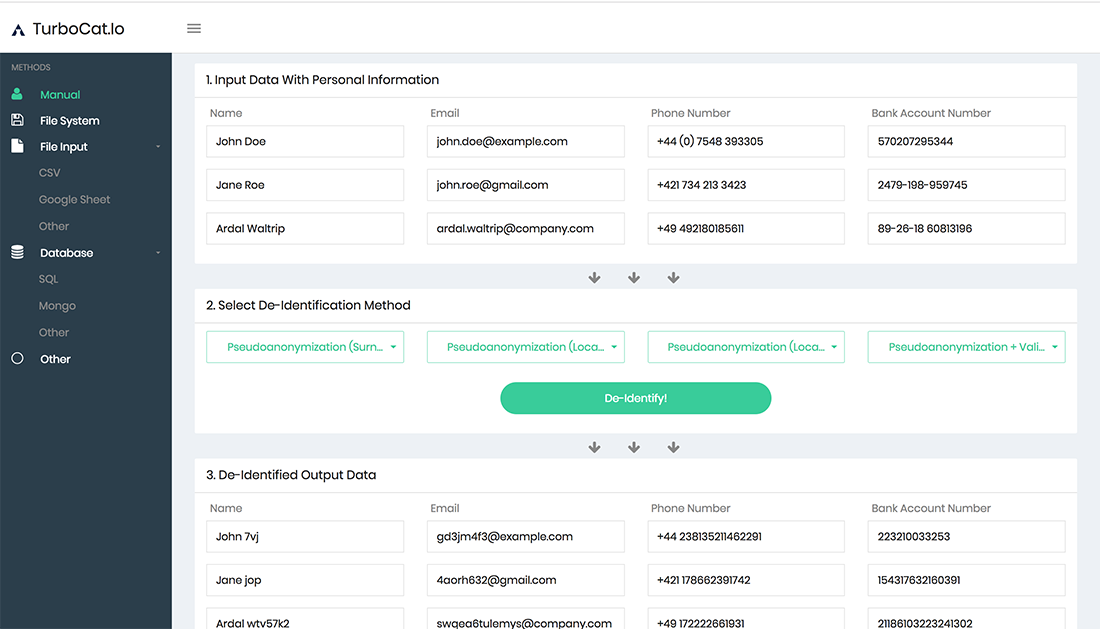GDPR
European Data Protection Law
Selected recitals
Recital 26
The principles of data protection should apply to any information concerning an identified or identifiable natural person.
Personal data which have undergone pseudonymization, which could be attributed to a natural person by the use of additional information should be considered to be information on an identifiable natural person.
To determine whether a natural person is identifiable, account should be taken of all the means reasonably likely to be used, such as singling out, either by the controller or by another person to identify the natural person directly or indirectly.
To ascertain whether means are reasonably likely to be used to identify the natural person, account should be taken of all objective factors, such as the costs of and the amount of time required for identification, taking into consideration the available technology at the time of the processing and technological developments.
The principles of data protection should therefore not apply to anonymous information, namely information which does not relate to an identified or identifiable natural person** or to personal data rendered anonymous in such a manner that the data subject is not or no longer identifiable.
This Regulation does not therefore concern the processing of such anonymous information, including for statistical or research purposes.
Recital 28
The application of pseudonymization to personal data can reduce the risks to the data subjects concerned and help controllers and processors to meet their data-protection obligations. The explicit introduction of ‘pseudonymization’ in this Regulation is not intended to preclude any other measures of data protection.
Recital 29
In order to create incentives to apply pseudonymization when processing personal data, measures of pseudonymization should, whilst allowing general analysis, be possible within the same controller when that controller has taken technical and organisational measures necessary to ensure, for the processing concerned, that this Regulation is implemented, and that additional information for attributing the personal data to a specific data subject is kept separately. The controller processing the personal data should indicate the authorised persons within the same controller.
Recital 75
A personal data breach may, if not addressed in an appropriate and timely manner, result in physical, material or non-material damage to natural persons such as loss of control over their personal data or limitation of their rights, discrimination, identity theft or fraud, financial loss, unauthorised reversal of pseudonymization, damage to reputation, loss of confidentiality of personal data protected by professional secrecy or any other significant economic or social disadvantage to the natural person concerned.











